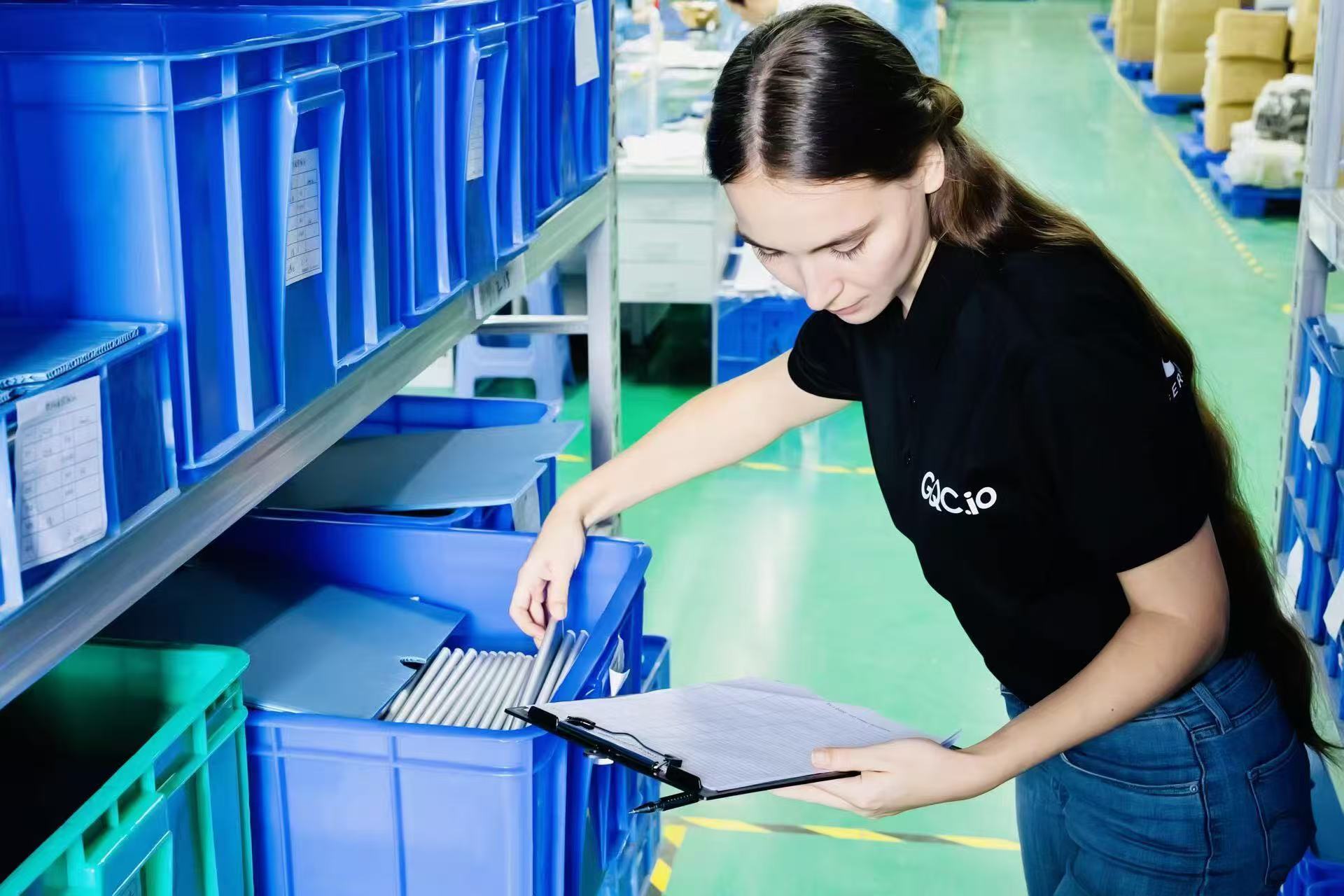Introduction
When considering manufacturing options in Asia, Vietnam is often compared favorably to China in terms of labor costs. However, it is essential to carefully evaluate the downsides before making a decision. This article will highlight key points demonstrating why China continues to hold the position as the number one manufacturing hub in Asia, despite Vietnam's advantages.
Cons of Manufacturing in Vietnam vs China
· Limited options for certified factories: Vietnam faces challenges in finding and sourcing certified factories that meet international standards such as ISO and BSCI. This limitation may hinder companies seeking reliable and compliant manufacturing partners.
· Heavy reliance on China's supply chain: Vietnam heavily relies on China for raw materials and components. This dependency introduces potential risks in terms of supply chain disruptions and increased costs due to tariffs or other trade barriers between China and other countries.
· Limited infrastructure and logistics options: China's extensive infrastructure and logistics networks provide manufacturers with reliable transportation, communication, and distribution systems. In contrast, Vietnam's infrastructure is still developing, posing challenges for efficient manufacturing operations.
· Total workforce and talent pool:China boasts a significantly larger workforce, with approximately 800 million individuals compared to Vietnam's 55 million. This substantial gap presents challenges for Vietnam in meeting labor demands across various industries, resulting in a potential shortage of skilled workers.
· Ambition and work ethic: Chinese factories are renowned for their ambition and strong work ethic. Often referred to as the "China Hustle," this dedication translates into increased productivity and efficiency, giving China an edge in manufacturing competitiveness.
· Ease of doing business and cultural differences: China's business environment is characterized by its acceptance of taking small orders, flexibility, and a deep understanding of international trade practices. In contrast, Vietnam's cultural differences and bureaucratic hurdles may pose challenges for foreign businesses looking to establish manufacturing operations.
· Limited range of covered industries: While Vietnam may excel in certain industries, its manufacturing capabilities are more limited compared to the diverse range of industries supported by China's manufacturing sector. This restricts the options available for businesses looking to manufacture a wide array of products.
· Bribery, bureaucracy, compliance, and environmental concerns: Vietnam faces challenges related to bribery, bureaucratic hurdles, compliance issues, and environmental regulations. These factors can impede manufacturing operations and increase costs for businesses.
· Less automation and access to advanced technologies: China's manufacturing sector benefits from extensive automation and access to advanced technologies, leading to improved productivity and efficiency. Vietnam, on the other hand, lags behind in terms of automation and technological advancements, which may limit its competitiveness in certain industries.
Pros of Manufacturing in Vietnam
· Diversification of supply chain:By manufacturing in Vietnam, businesses can diversify their supply chain and reduce dependence on China. This strategic move can mitigate risks associated with supply chain disruptions and geopolitical uncertainties.
· Lower labor costs: Vietnam offer slower labor costs compared to China, making it an attractive option for companies aiming to reduce manufacturing expenses.
· Tariff avoidance for the US market: Given the ongoing trade tensions between the US and China, manufacturing in Vietnam provides the advantage of avoiding tariffs imposed onChinese goods destined for the US market. This benefit has attracted companies seeking to minimize the impact of trade disputes.
· Political stability: Vietnam enjoys relative political stability, which provides a conducive environment for businesses to operate without significant disruptions.
· Strategic location in SoutheastAsia: Vietnam's geographic location in the middle of Southeast Asia offers logistical advantages for businesses looking to access regional markets. This location provides easier access to neighboring countries, potentially expanding market opportunities.
Conclusion
WhileVietnam presents certain advantages for manufacturing, China retains its position as the more attractive overall option. China's established supply chains, skilled workforce, advanced technologies, ease of doing business, and government support make it a formidable manufacturing hub. Despite Vietnam's lower labor costs, diversification potential, tariff avoidance, political stability, and strategic location, China's strengths outweigh these advantages.
China's robust infrastructure, extensive supply chains, and larger talent pool contribute to its manufacturing competitiveness. The ambitious work ethic prevalent in Chinese factories, coupled with their ability to handle small orders and cultural understanding of international trade, further solidifyChina's position as a manufacturing powerhouse. Moreover, China's access to advanced technologies and automation provides a significant edge in terms of productivity and efficiency.
WhileVietnam's manufacturing sector has its merits, including the diversification of supply chains and reduced reliance on China, it still faces challenges in terms of infrastructure, limited certified factories, and a smaller talent pool.Bureaucratic hurdles, compliance issues, bribery risks, and environmental concerns can also hinder manufacturing operations. Additionally, Vietnam's limited range of covered industries and lack of advanced technologies may limit its competitiveness in certain sectors.
In conclusion, while Vietnam offers advantages for businesses looking to diversify their supply chains and lower labor costs, China remains the preferred choice for manufacturing in Asia. Its well-established infrastructure, extensive supply chains, ambitious work ethic, access to advanced technologies, and government support provide a strong foundation for successful manufacturing operations.However, it is essential for businesses to carefully evaluate their specific requirements and weigh the pros and cons before making a manufacturing decision in either country. Visit our website www.gqc.io to learn more.





